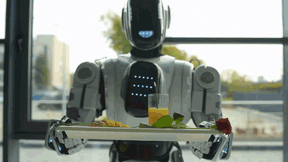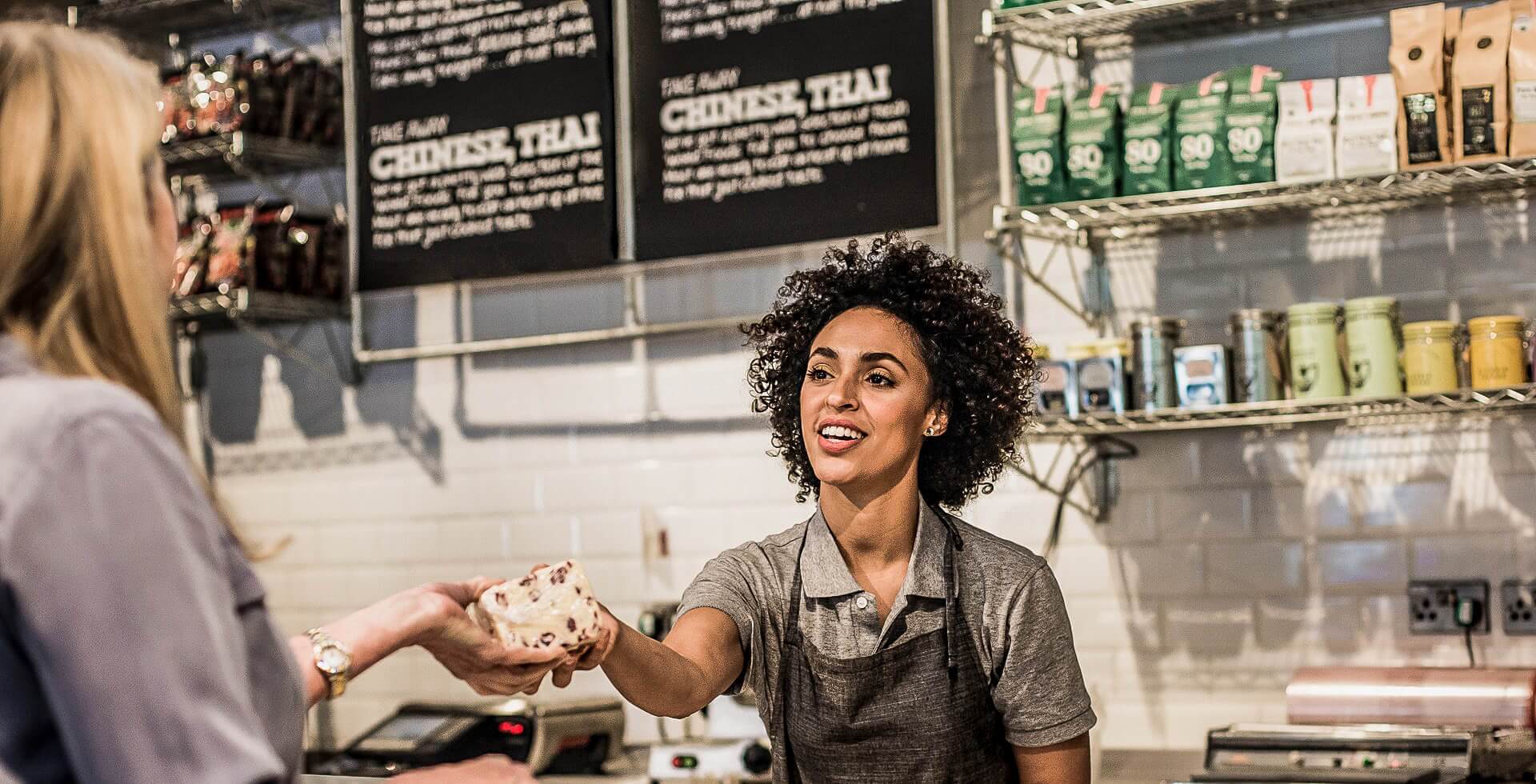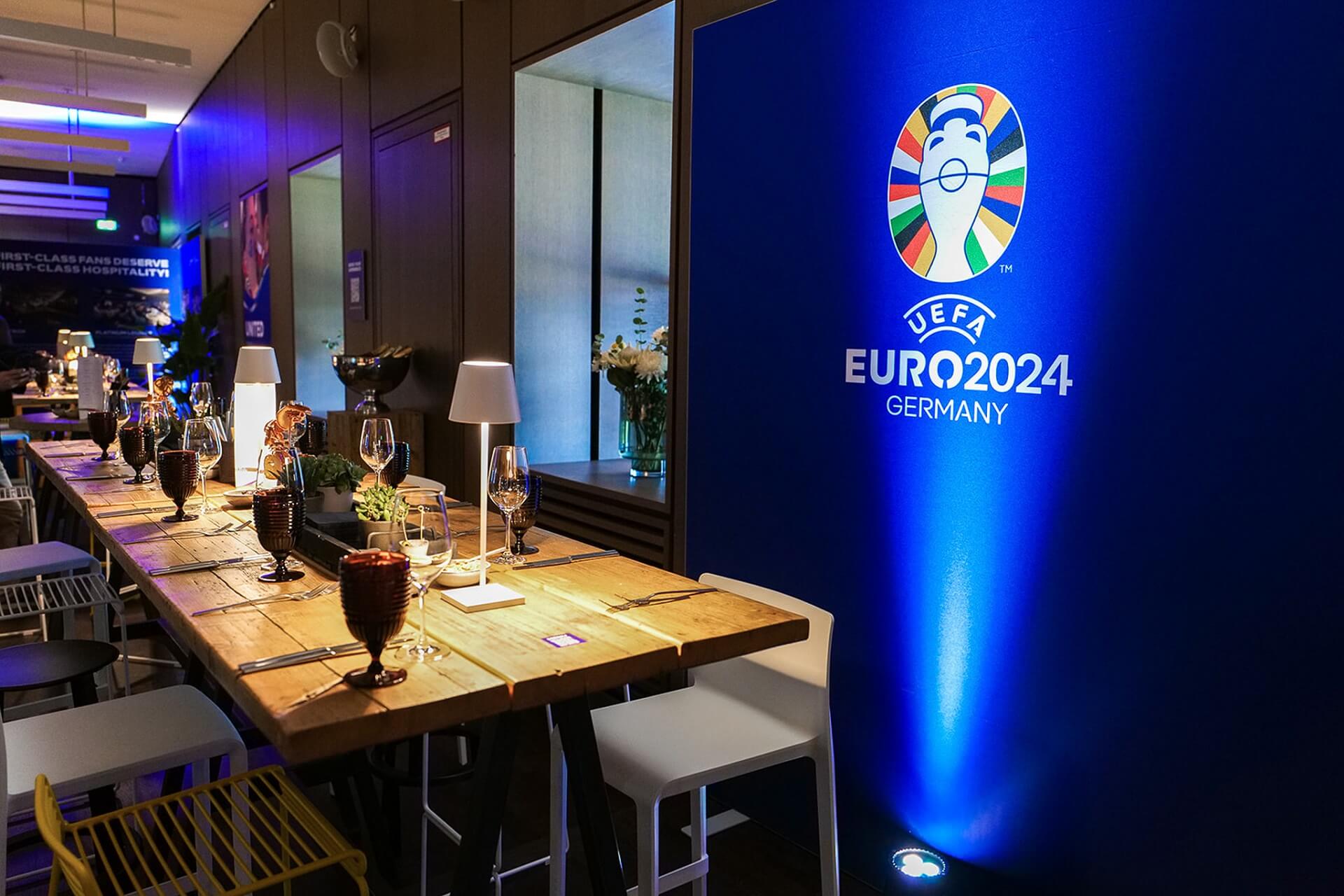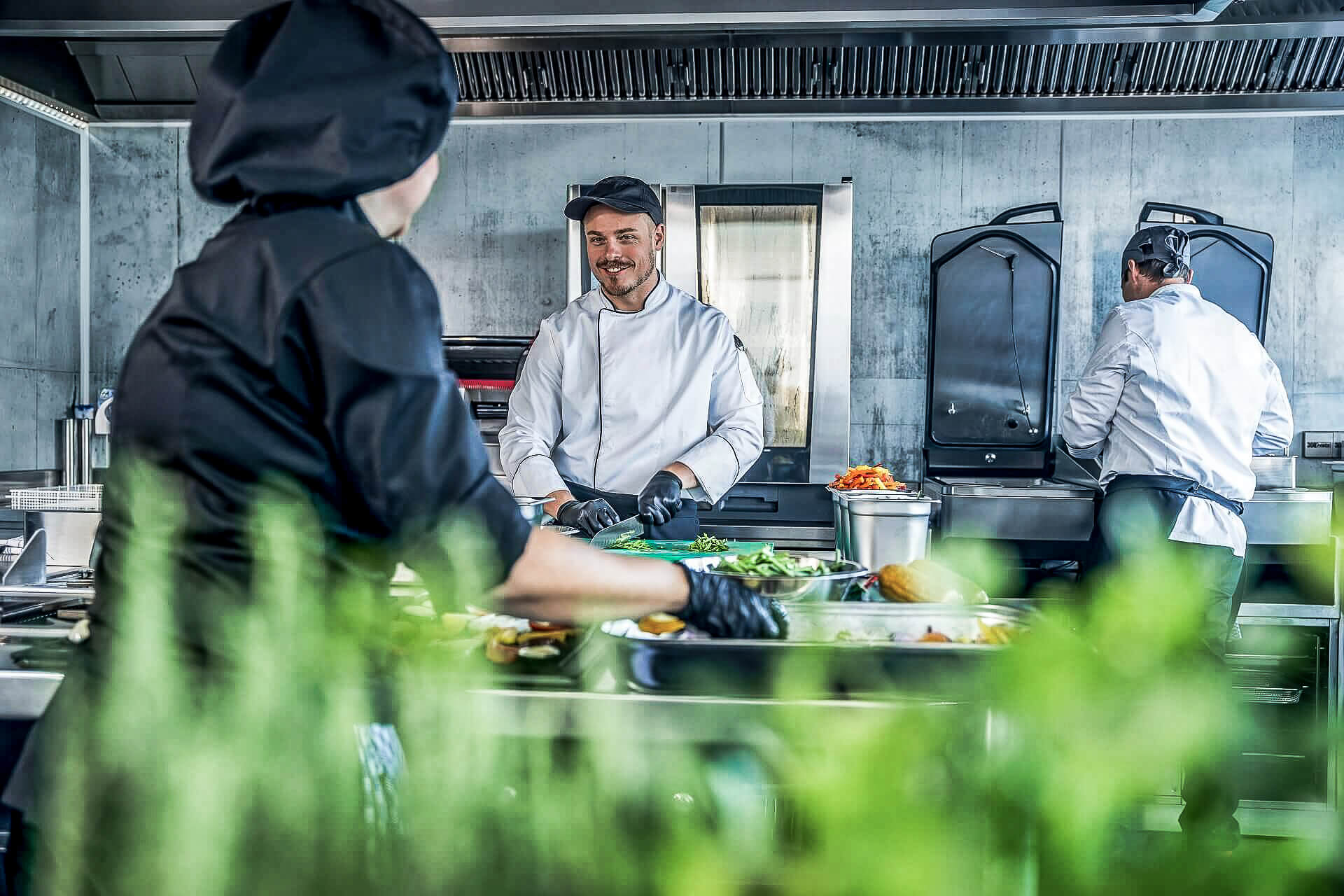One year ago, the US National Restaurant Association published its Restaurant Industry 2030 Report. It featured in-depth analysis of the key technology, demographic, health, communication, consumer and workforce trends set to impact US restaurants in the forthcoming decade. The report was the authoritative counterpoint to the typical finger-in-the-wind, crystal ball-gazing click-bait the industry frequently produces at year-end. It was forged from hard data, years of research from the Association’s experts and telling insight from those at the coalface of US restaurant foodservice: the operators.
Yet, when the report was published the industry was experiencing rude health. Restaurant sales in the US were expected to reach $1.2 trillion by 2030, up from $863 billion in 2019. This, in addition to the news that 2019 was the tenth consecutive year of restaurant sales growth.
And then… within four months, the world had changed. The Covid-19 pandemic affected the global hospitality and foodservice industry – by its very nature inherently reliant on social interaction – perhaps more than any other. Personal loss went hand-in-hand with professional privation. Weeks –sometimes months – of lockdown and tightened regulation saw temporarily closed restaurants become shuttered permanently. Furloughed employees frequently became former employees and many high-profile operators and franchisees filed for chapter 11.
The natural assumption would therefore be that any long-term predictions made during the good times, would no longer be relevant in a mid/post-pandemic landscape. Not the case, says the Association’s Hudson Riehle, senior vice president of its Research and Knowledge Group. “The pandemic has accelerated many of the underlying trends in the restaurant industry over the past nine months. Each and every one of them is still quite relevant – and actually more relevant than this point a year ago.”
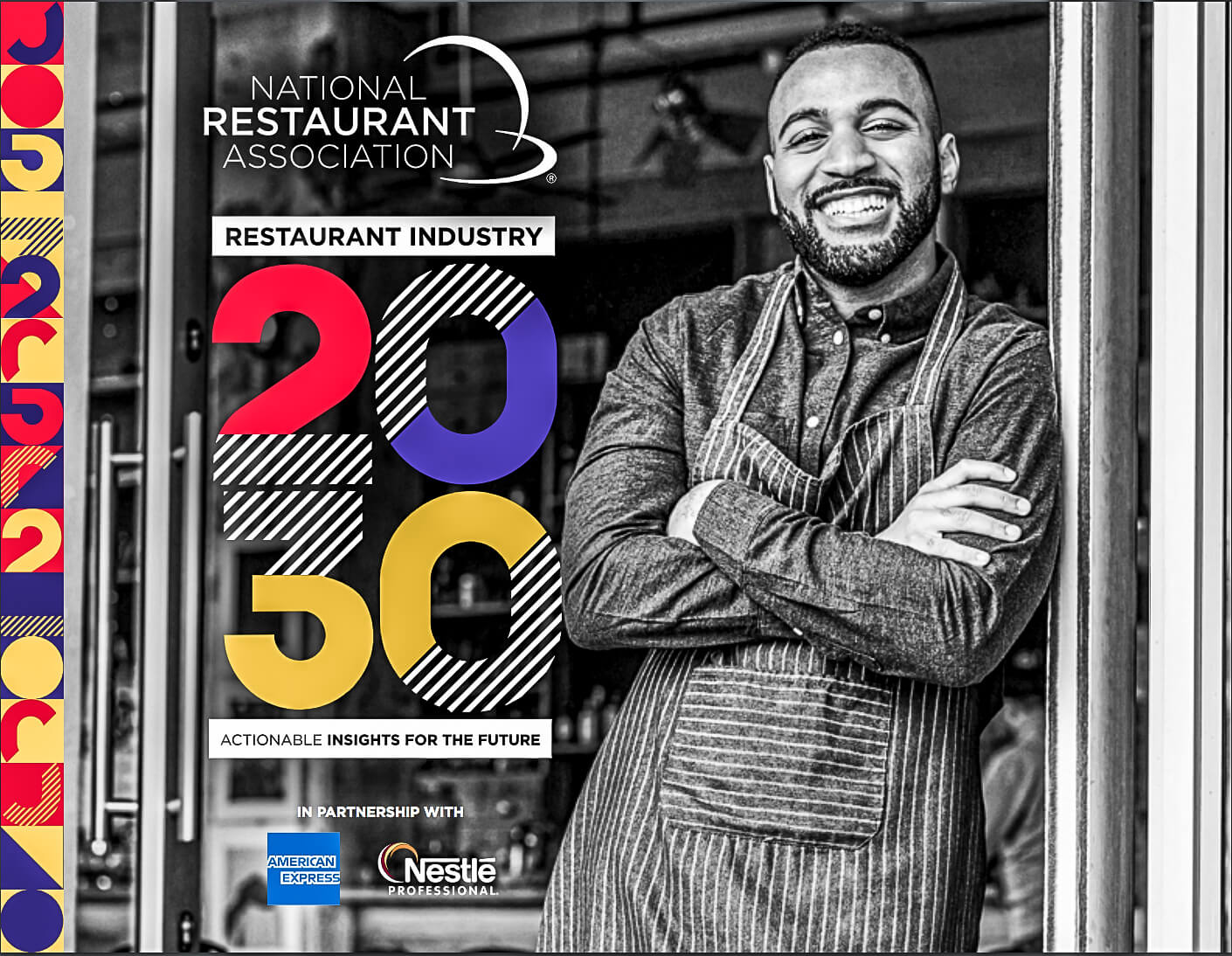
Image: The National Restaurant Association
Still a sure thing?
One of the 2019 report’s “Ten Sure Things in 2030” predicted that ‘The definition of “restaurant” will change’, with an increased focus on new hybrid models, whereby operators will adapt by offering combinations of counter-service, full-service, takeout and delivery, and meal kits. “That is [now] occurring with lightning speed. In other words, a restaurant location is now somewhat of a dated nomenclature. It’s more about points of access,” says Riehle.
“There’s much greater focus now on virtual and ghost kitchens. You see many international US brands now focusing on those concepts and implementing them rapidly. The ‘Definition of restaurant will change’ [prediction] is extremely valid – it’s just much more rapidly progressed”
The report’s #2 ‘Sure Thing’ was that ‘Off-premises opportunities will drive industry growth.’ Pre-pandemic, says Riehle, 63% of restaurant industry traffic could be attributed to off-premises sales, which includes take-out, delivery drive thru, curbside and even food trucks and catering. “So, not surprisingly, when the pandemic took hold in the late March/April timeframe, that proportion had grown to 90% by the second quarter,” says Riehle.
“Obviously, the quick-service segment was operationally better situated to take advantage of that rapid shift to off premises than the table-service sector. That 90% will obviously drop back. But the consumer research the Association does is quite clear that consumers have substantial pent-up demand to use restaurants.”
It’s perhaps a no-brainer to conclude that the report’s #3 ‘Sure Thing’, that ‘Margin pressures will continue’, is more prescient than ever. “We follow underlying economic indicators and how that correlates with restaurant sales growth. In normal economic times, when income grows, restaurant sales grow. Conversely, in this environment, employment has plummeted and incomes are expected to decline from this year where they were artificially inflated due to the stimulus packages that were passed,” says Riehle.
“In 2021, obviously, the industry will not get back to the sales levels it had before the pandemic started. As tight as the margin pressures were before the pandemic, particularly for certain operators, they’ve only intensified, to the point that some [operators] elect to cease operation.”
Data, demographics and destiny
‘Data is king’ was the report’s next ‘Sure Thing’, a position that, says Riehle, has received a royal upgrade since March – the king now enthroned as sovereign emperor of all it surveys. “The rapid integration of technology has allowed more real-time analysis regarding, not only how the consumer is behaving, but what the internal operating cost structure is doing. The ability to use that information and convert that data into knowledge is much more real now than it has been.”
The fifth notable 2019 long-term prediction, that restaurants will serve – and employ – ‘a different demographic’ is also unchanged from any effects of the pandemic. “Demographics are destiny. The typical American average age continues to increase. Diversity increases. Different kinds of sections of the country have dramatically different population growth rates. Traditionally, areas with high population growth would have higher restaurant sales growth,” says Riehle.
“Obviously, the industry workforce mirrors what goes on in national demographic trends. But the one unique characteristic of the restaurant industry is that it’s extremely labor intensive. One out of every 10 people working in America pre-pandemic worked in the restaurant industry, so the industry has had a disproportionately larger drop in employment than national employment.”
And that demographic destiny is therefore intrinsically linked with the sixth ‘Sure Thing’ – that ‘Recruitment, retention and training will remain top priorities’. As the labor market recovers in 2020 and beyond, and especially as patrons begin to return to table-service operations in greater number, attracting, keeping and up-skilling good employees will become more important than ever.

Hudson Riehle | Image: The National Restaurant Association
Tech as a differentiator; big government
Away from the human face of foodservice, the Sure Thing that ‘Technology will drive tremendous advances in food safety, food sourcing, and sustainability’ remains increasingly notable.
“Technology can be a real differentiator in terms of how the consumer uses and perceives that operation or brand,” says Riehle. “Because the industry has historically been so labor intensive, whenever any new technologies are applied there can be substantial efficiency and productivity gains to be realized.”
Consumers, says Riehle, are quite receptive to using technology in their restaurant visit. “The pandemic has really amplified the importance of having digital means for ordering and communicating and integrating loyalty systems and presenting menus going at any point in time.”
Next, the report predicted that the government will be ‘a greater factor in everything operators do. No prizes for guesses that ‘Sure thing’ has only exacerbated.
“The challenges for the industry vary dramatically based on different regions and states – and even cities within the states,” says Riehle. “And the onsite dining restrictions are really the key for a large number of operators. But the fact is, there is no quick rebound to prosperity.”
Sustainability and socialization
‘Sustainability isn’t just a buzzword’ was the ninth ‘Sure Thing’ in the report. Particularly for younger restaurant patrons, says Riehle, this will remain an intrinsic trend going forward. “Having an eco-friendly restaurant operation is an important part of their decision matrix. The challenge for operators is the rapid increase in demand for portability of products. So, the demand for packaging options is still gearing up. Sustainability is an attitude that permeates how different demographic cohorts use restaurants in their daily lifestyle.”
Finally, the prediction that ‘Restaurants will continue to bring people together’ has, of course become unavoidably compromised in the short term due to Covid. As a long-term trend, however, it remains a safe bet, says Riehle.
“The restaurant industry in the United States has two primary drivers. The first is convenience. The second: socialization. That intrinsic need hasn’t been diminished, but amplified by the inability to socialize as normal. It’s just being displaced at this point in time. If you fast-forward to three years in the future, that socialization driver is as important as it has been historically.”
What’s new?
While the ten Sure Things, remain nailed on for the next decade, the pandemic has inevitably triggered additional trends, says Riehle. One new mega-trend he foresees, is the process to more rapidly market, promote and capture new and existing customers.
“Technology integration and improvements are in three primary segments: front-of-house, back-of-house and through the smartphone. We have seen much more rapid development in restaurant apps on the smartphone. All that information now is rapidly available and accurate through the smartphone and alters that decision matrix of how and when to patronize.”
These disruptors, says Riehle, are really opportunity in disguise, such as the ability to use software and artificial intelligence to predict, say, ordering patterns to change menu prices by time of day, week or even month. “That component is a new frontier. With resources being directed away from infrastructure – building more sites – those resources are now more available to upgrade the technology components of many of these operations.”
Plenty of opportunity therefore still exists in the ‘new normal’ says Riehle. Why? Because of our innate need to enjoy great food, served with a smile.
“On a macro scale, the restaurant industry still has quite an optimistic future, mainly because consumers enjoy going to restaurants,” says Riehle. “In surveys done before the pandemic, over 90% of us American adults reported they enjoyed using restaurants in their daily lifestyle. Longer-term, that still becomes the primary driver for industry growth.”


